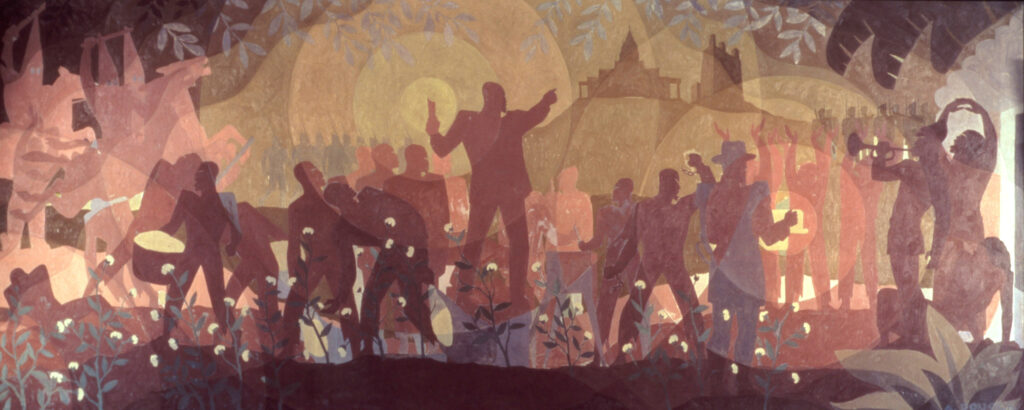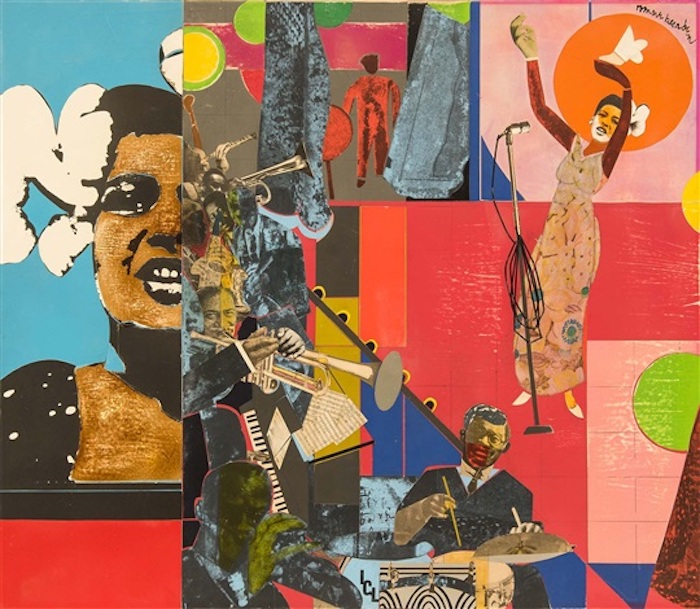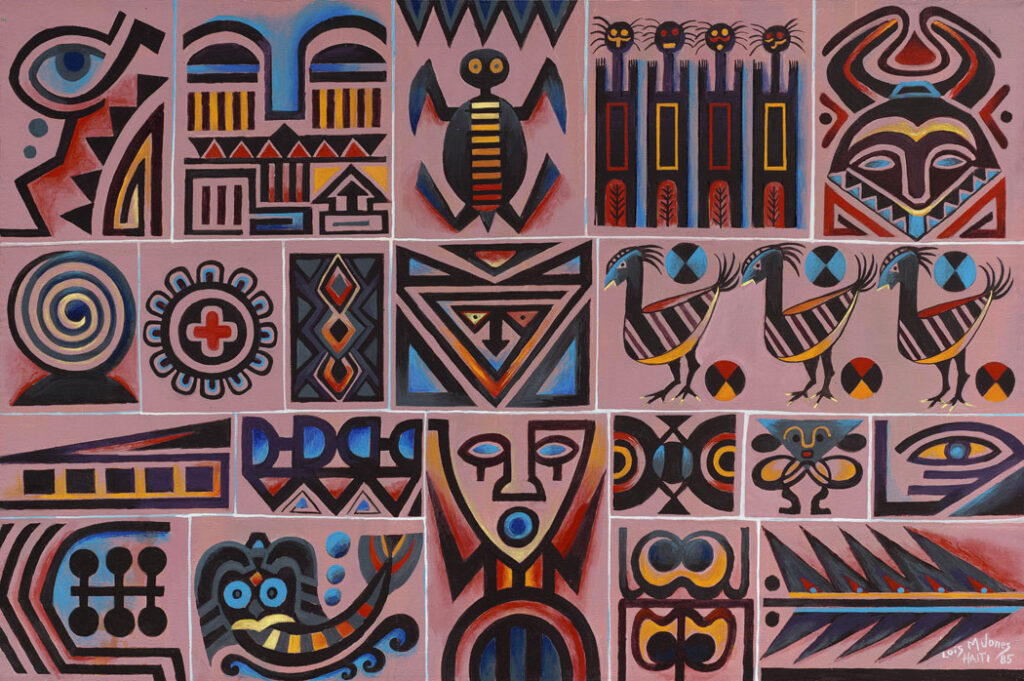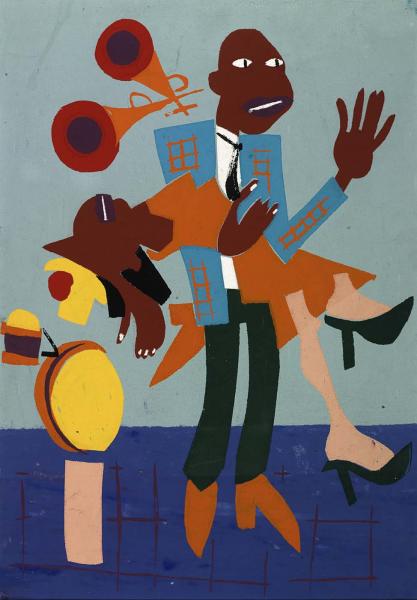Bringing art history into your classroom is no doubt an effective way to teach students about styles of art, artistic movements, and famous artists. However, let’s not forget it also teaches students to appreciate the variety of cultures that exist in the world. It is imperative students learn about a diverse range of artists when it comes to gender and race.
If you teach in the U.S., one homegrown movement that shouldn’t be missed is the Harlem Renaissance. It’s a noteworthy period that allows for students to learn how African-American artists have put their stamp on art history. Bringing this movement to your students is important.
When I share this movement with my students, I like to start with a brief history. Then, we dive into learning about some standout artists. Finally, I present them with a theme, so they can create their own work in response to what they’ve learned.
Let’s take a look at how to bring the Harlem Renaissance into your classroom.
A Brief History of the Harlem Renaissance
The Harlem Renaissance began to flourish in the early 20th century in the New York neighborhood of Harlem. As many African Americans fled the south, Harlem became a mecca for creative individuals like artists, writers, poets, photographers, musicians, and dancers.
The Great Migration continued as more and more African Americans were leaving rural areas in favor of more urbanized developments. This caused many of the original white upper-class residents to flee.
The era is known as a time when African Americans gained pride in their culture and is considered to have been a push toward the Civil Rights Movement. The Harlem Renaissance promoted a sense of culture that broke racial stereotypes against African Americans. It is considered “the most influential movement in African American literary history.”
5 Harlem Renaissance Artists to Share with Your Students
1. Aaron Douglas

Douglas’ work is characterized by images that reflected the life and struggles of African Americans. He had many and varied influences some of which include modernism, African art, jazz, and Egyptian wall paintings. Often, his figures appear as silhouettes. One of his most popular works is Aspects of Negro Life.
Douglas was one of the most popular artists of the time. Several writers and publications worked with him to create illustrations for their work. As such, he was featured in a variety of publications that promoted the Harlem Renaissance movement. These included Opportunity, the National Urban League’s magazine and The Crisis, which was created by the National Association of Advancement of Colored People (NAACP).
If you’re looking for more ways to bring art history into your classroom, be sure to check out the AOE course Integrating Art History. As a student, you’ll leave class with a comprehensive tool kit of lesson plans and organizational strategies.
2. Romare Bearden

Image via Artnet
Romare Bearden is known for his mixed media pieces that involve collage, ink, watercolors, prints, oil, and graphite. He experimented with several styles and mediums and even was a cartoonist for the Baltimore Afro-American. Much of his work is figurative.
Unlike most artists of the time, Bearden did not pursue art full-time. By day he was a social worker, saving his artistic pursuits for evening and weekend hours.
3. Lois Mailou Jones

Image via The Artery
Lois Mailou Jones is one of the few female visual artists of this period. She’s known for her bold, abstract depictions of African culture and American ancestry.
Jones had to fight hard for recognition. She often had her white friends submit her work to contests. And, even if she won, her prizes were sometimes given to white competitors anyway.
On the Archive for Virtual Harlem, author Jessica Johnston shared that Jones wanted to be recognized simply as an “artist” without the labels “black” or “woman” in front of the title. In addition, Johnston says, “Jones felt her greatest gift to the art world was ‘proof of the talent of black artists.'”
4. William H. Johnson

Image via Smithsonian American Art Museum
William H. Johnson studied at the National Academy of Design in NY during the Harlem Renaissance and was known for his bright colors and primitive style. He concentrated on depicting African-American life especially “in Harlem, the South, and the military.”
5. Jacob Lawrence
Jacob Lawrence is a well-known painter whose work shed light on the everyday life of African Americans, narratives of African culture, and notable historical figures. Lawrence’s work is characterized by the use of darker colors like blacks and browns against brighter vibrant colors. One of his most famous bodies of work is his Migration Series, which you can learn a bit about in the video from the MoMA below.
https://youtu.be/Yi1q0oP3Weg
Using the Harlem Renaissance Artists as a Big Idea to Inspire Original Work
Once your students have some general background knowledge, it’s time for them to make their own creations! Here’s how to get started.
1. Ask essential questions to spark student interest.
Essential questions are a great way to get your students thinking and talking more deeply. Harlem Renaissance artists focused on their culture and daily life as African Americans. Therefore, talking to your students about their own cultures and everyday lives would be a great starting point to build your essential questions.
You might ask:
- Why do some artists reflect their everyday life in their art?
- What struggles do you think should be portrayed in art based on today’s culture?
- Why is it important for an artist to express themselves in their art?
In short, think of questions that get students thinking about how to share their struggles and their thoughts about the world they live in.
2. Inspire students with visuals.
Show students a variety of work from the Harlem Renaissance. The list of artists above is a good starting point. There are many ways you can do this.
You might consider:
- Putting together a slide presentation
- Creating an engaging iMovie
- Holding a class discussion with printed reproductions
When discussing the work, touch on the connections made during the essential questions discussion.
3. Let students create!
After students have spent time wrestling with essential questions and discussing artwork, it’s time to set them free.
Make sure you reiterate that the big idea is to “create work inspired by the Harlem Renaissance” and that students should choose artists who speak to them. Don’t forget to build in time for students to research artists if they want further knowledge or more visuals.
Give your students a variety of media to work with, so they can take their art in any direction they choose. For instance, if a student was inspired by the works of Romare Bearden they might want to create a mixed media piece. They may need access to collage, printing, paint and drawing materials. Be open to allowing students the freedom to experiment.
4. Reflect
When students are done with their work, take some time for reflection.
I like having my students answer these three questions in an artist statement.
- Which Harlem Renaissance artist inspired your work?
- What materials did you use and why?
- What does your art express?
Including a reflection piece allows you to see the connections made between the students’ work and the Harlem Renaissance. The best part is you will have a variety of unique work and get a deeper glimpse into the lives of your students.
How do you teach your students about the Harlem Renaissance?
What is your favorite art history movement to share with your students?
Magazine articles and podcasts are opinions of professional education contributors and do not necessarily represent the position of the Art of Education University (AOEU) or its academic offerings. Contributors use terms in the way they are most often talked about in the scope of their educational experiences.





